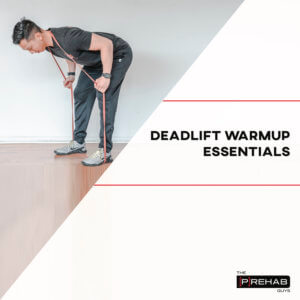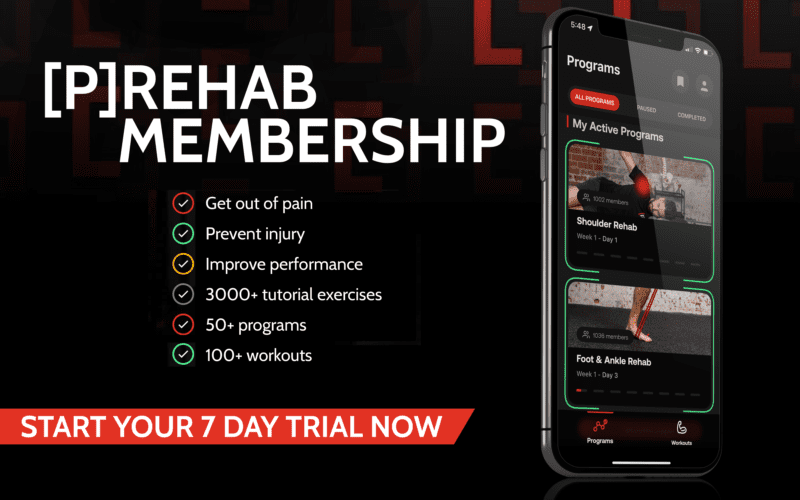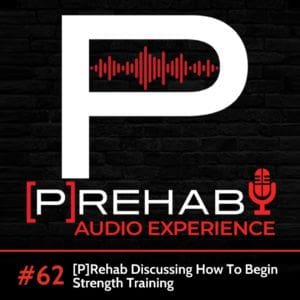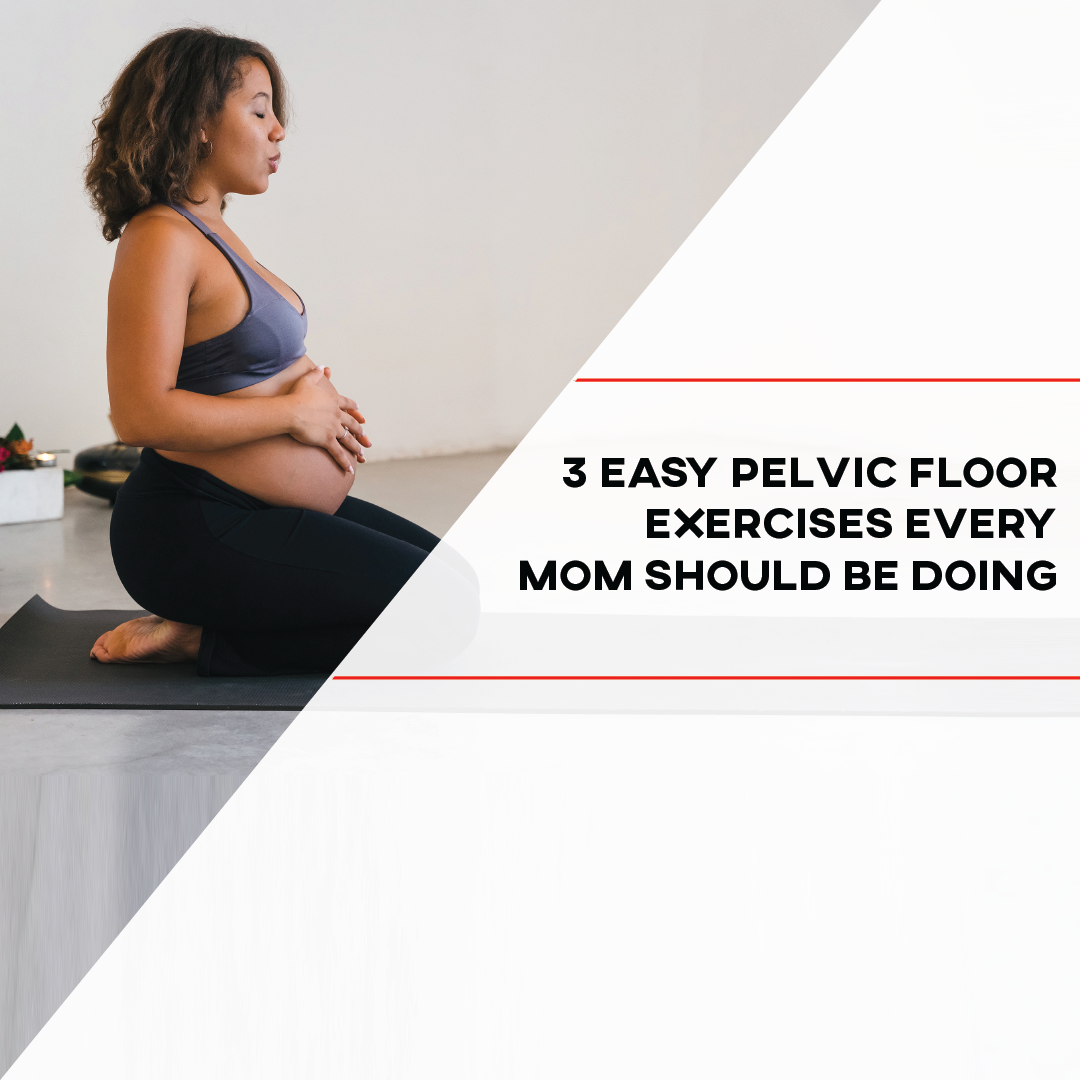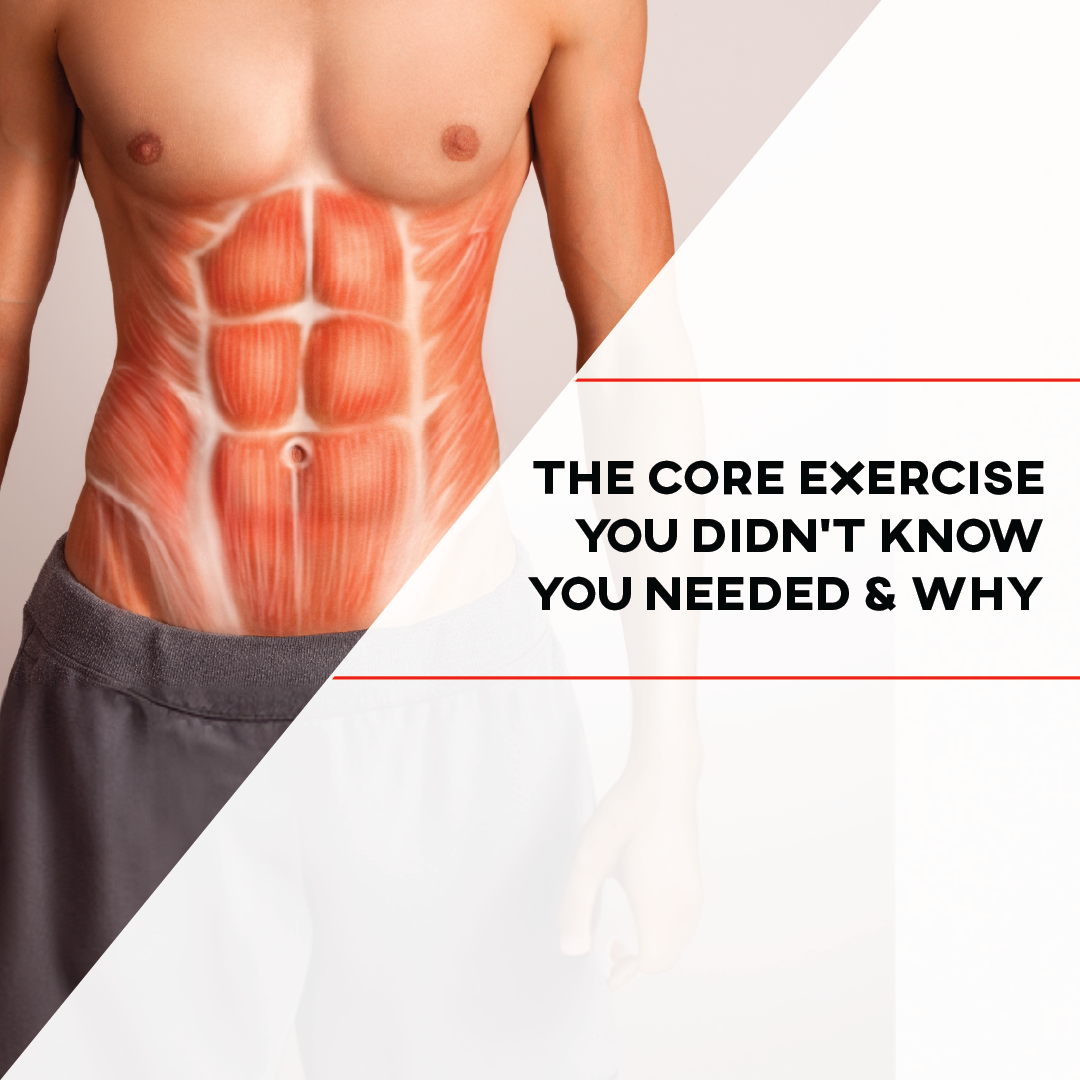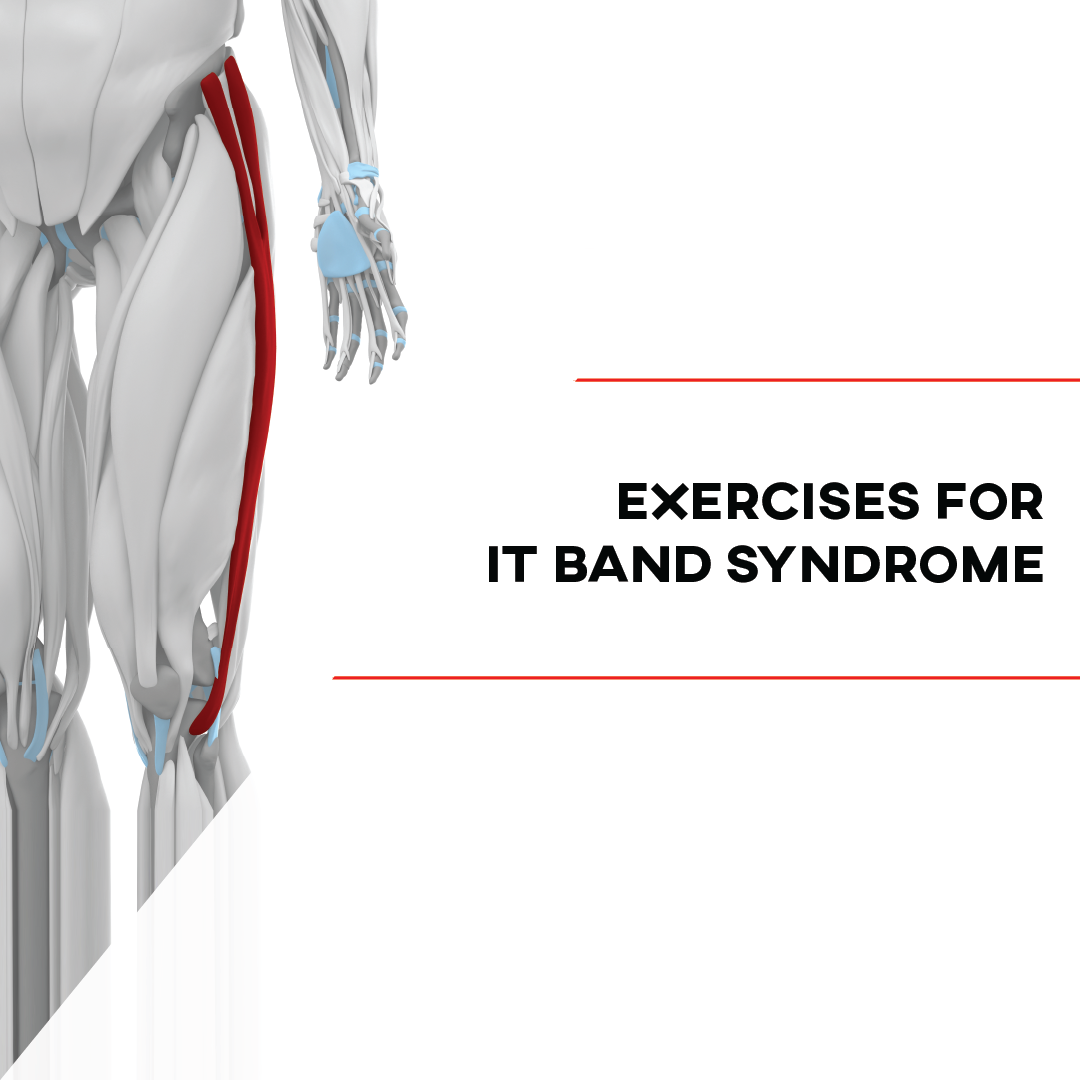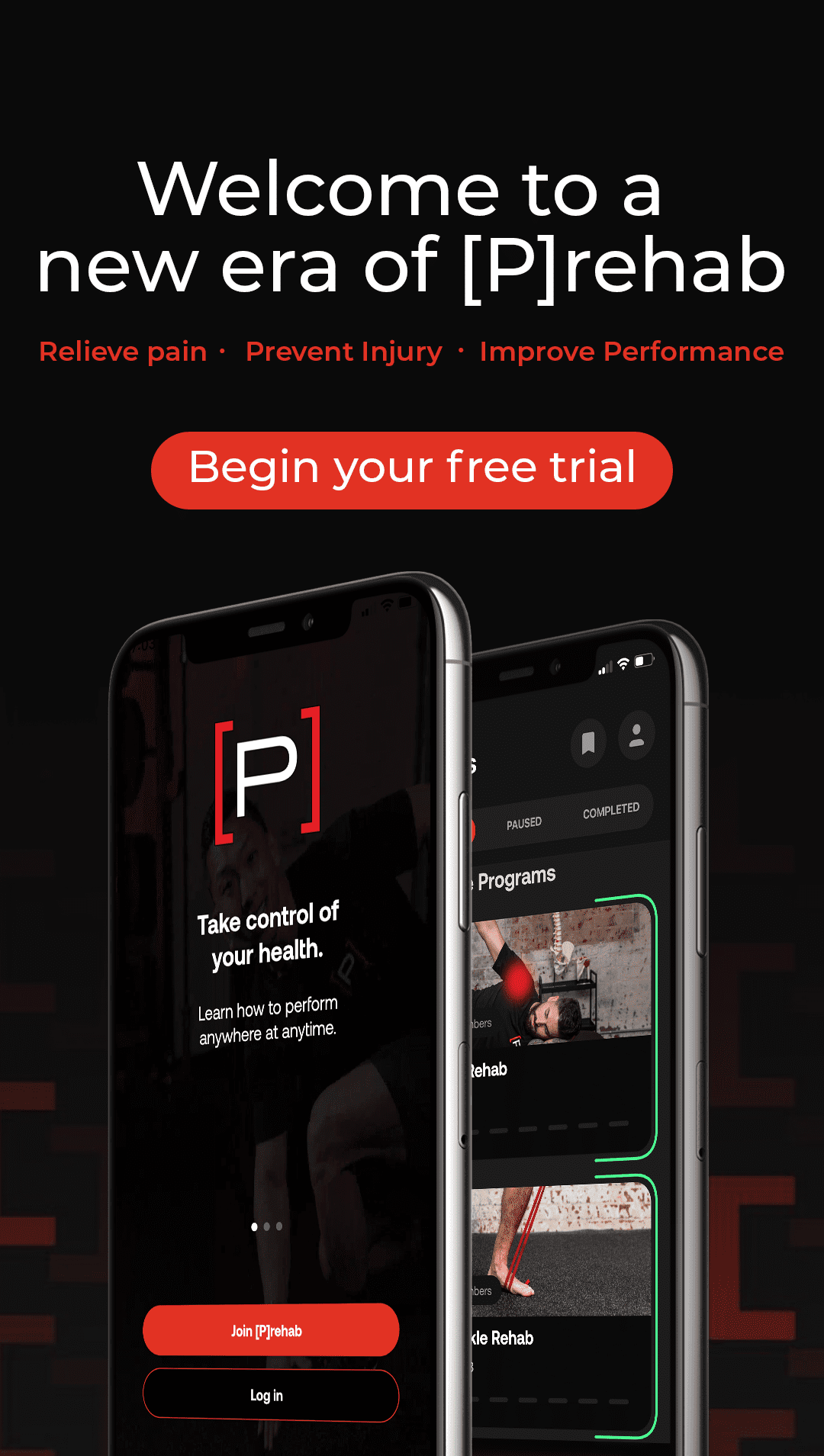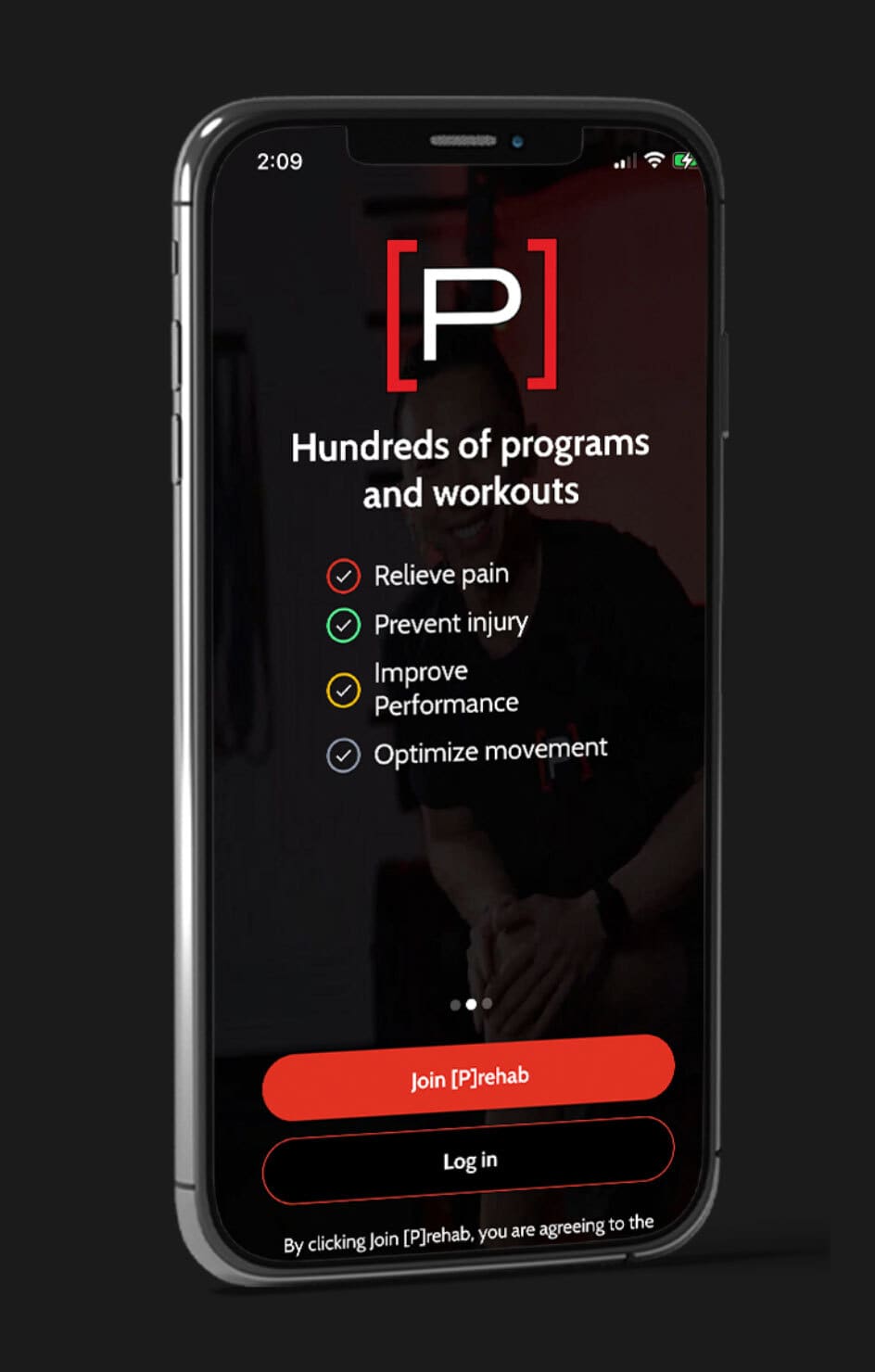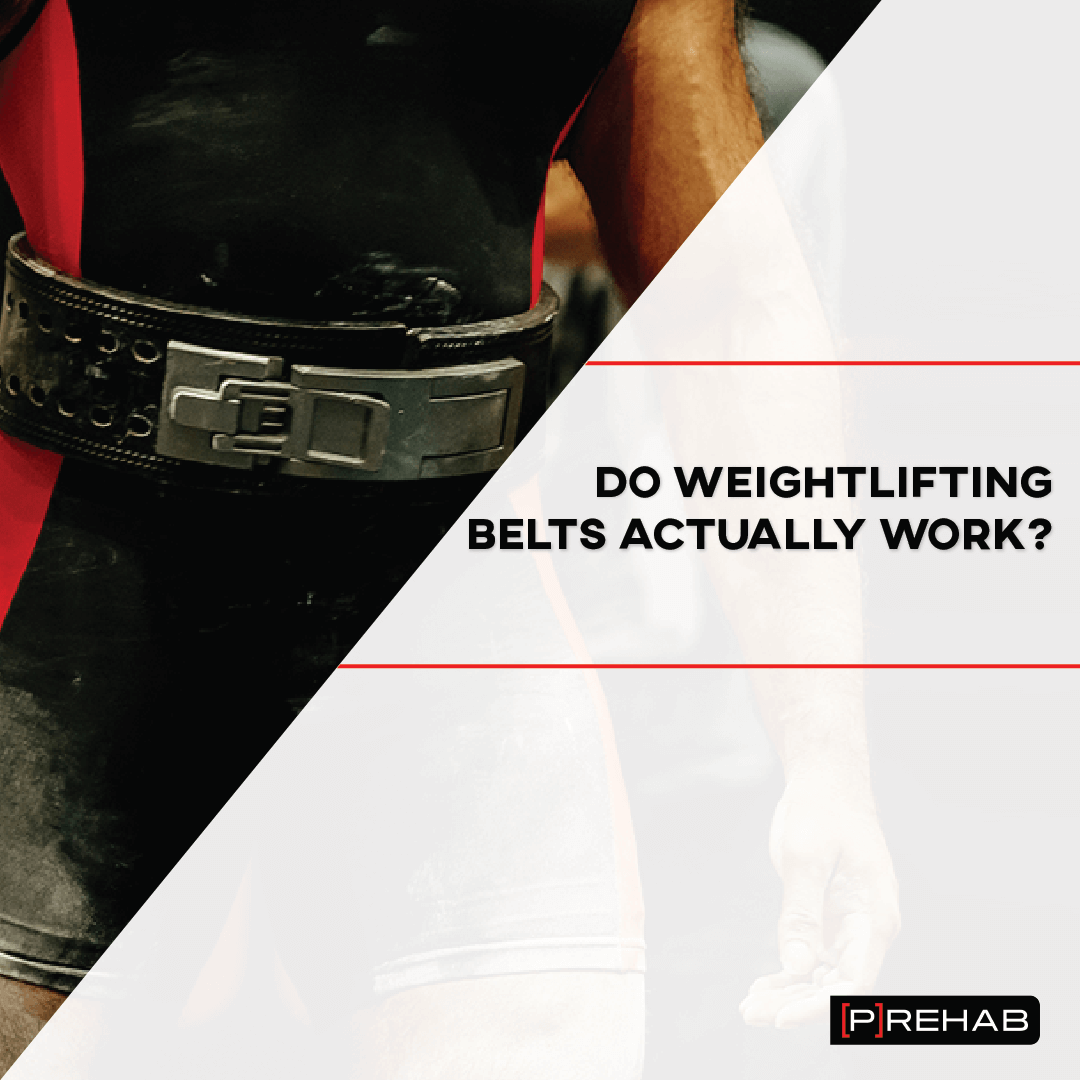
If you’ve ever been to a gym where people are lifting weights, you’ve likely seen people wearing weightlifting belts. This begs the question – why are weightlifting belts and exercises paired together? Why do some people only use weightlifting belts with certain exercises versus some people wear weightlifting belts with every exercise? The biggest questions – how do they work, do they actually help you lift more weight, and do they make you “safer” or prevent injury? In this article, we will explore some of these questions, share our opinions, and let you decide whether a weightlifting belt would be beneficial to your training or not!
What is a weightlifting belt?
Whether or not you should wear a weightlifting belt is a hot topic among lifters and gym-goers. Opinions range from the belief that a weightlifting belt is meant to be worn to prevent back injury, to the belief that a belt should never be worn as it ‘makes the core weaker’ and ‘isn’t a true test of strength.’ Does the answer lie somewhere in between these two camps of thought? We shall explore!
But first, what is a weightlifting belt? An example of a weightlifting belt is shown here:
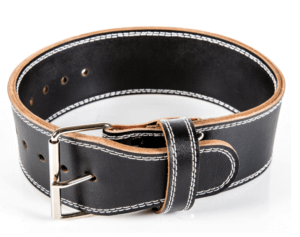
From GopherSport
You will often see weightlifters and powerlifters wearing multiple pieces of gear, including straps, knee sleeves, braces, and belts. Gear is popular in the sport and comes in many different varieties and types to fit a person’s body and preference. A weightlifting belt is secured around a person’s waist, most commonly with velcro or metal closure to hold it in place. Some belts have ‘locking devices’ – these are commonly used by powerlifters who are moving large amounts of weight over a distance so the belt doesn’t slip off due to the strain that is placed upon it.
Create Your Own Natural ‘Weightlifting Belt’ With A Stronger Core!
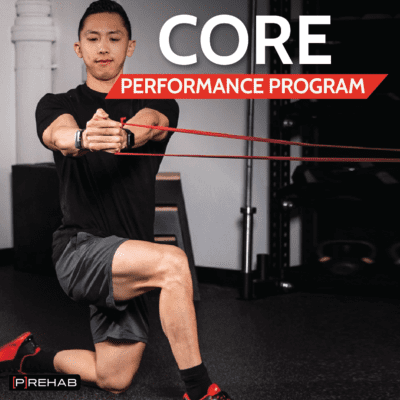
The [P]rehab Core Program will allow you to build your own natural weightlifting belt, with a strong, foundational movement system! Get started TODAY!
What Are The Effects On Muscular Activity?
First, we will explore the effects on major muscle groups of wearing a weightlifting belt. Several studies have explored EMG activity from different muscle groups while performing lifting activities and wearing a belt versus no belt wearing. GENERALLY speaking, it does appear that wearing a belt improves performance. It is rare that we will see a competitive powerlifter performing amazing feats of strength beltless. But why, and how? Let’s look at some muscle groups around this topic of weightlifting belts and exercise.
The Spinal Erectors
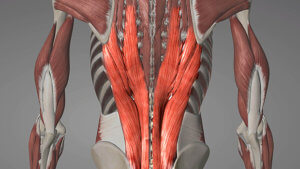
From TNation
Research data appears to have mixed conclusions when it comes to activity measured in the spinal erectors. In a study conducted with experienced lifters as the subjects, it was found that the iliocostalis lumborum (a spinal erector) fired at 15-20% lower when wearing a belt while performing a deadlift at 75% of the lifter’s body weight (1). However, another study that also explored belted and beltless effects with the deadlift found a 17% higher activity in the spinal erectors when performing the lift belted (2).
Okay, so what about performing a different lift that is more leg dominant, like the squat for example? One study found that in novice lifters squatting 60% of their 1RM, the spinal erectors generated 23% higher conduction when performing squats belted versus unbelted (3). However, in two studies using experienced and well-trained lifters, no meaningful difference was found in EMG activity of the spinal erectors when squatting an 8RM load OR a 1RM load belted versus unbelted (2, 4).
Conclusions from these articles can suggest that there is likely a small uptick in the activation of the spinal erectors for a deadlift when wearing a belt. But for the squat, it likely will depend on your level of training and experience for how much your spinal erectors are firing when belted.
READ: DEADLIFT WARM-UP ESSENTIALS
A sound warmup and proper positioning are other key elements to a successful deadlift. Check out our one-stop-shop guide to deadlift warm up essentials here!
The Leg Muscles
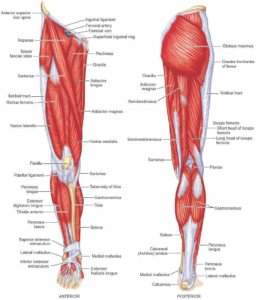
From Anatomy Note
Here, the researchers studied the effects of belted versus unbelted EMG activity when deadlifting and squatting. In a study on D1 football players performing 12RM loads for the deadlift, EMG found no significant differences in quad, hamstring, adductors, or gluteus activation (2). Research is very limited in this area.
For the squat, researchers studied well-trained subjects. One study (6) suggests that greater vastus lateralis (a quadriceps muscle) activity was seen when the subject was belted for an 8×8 set of squats and that as the sets became progressively more difficult, greater hamstring activation was then seen when the subject was belted. Was this due to pure fatigue and having to rely a greater amount on the hamstrings themselves to stabilize the lift as the athlete perhaps shifted forward? Results were inconclusive in regards to this. In the second study, 90% of a beltless 1RM was performed by experienced lifters, and EMG found no significant differences in activation of leg and hip musculature.
One has to wonder from these results if the amount of sets and repetitions a person is performing makes a difference in belted activation versus non-belted. A person’s fatigue level may play a role in this, as well as the style of squatting and the amount of forward lean they are exhibiting, which can change mechanics and muscle activation.
The Abdominals
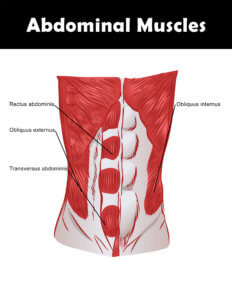
From Makeoverfitness
Here is the biggie! Most claims that are made against belting a lift state that the belt ‘weakens the core’ or the ‘core forgets how to activate’ if a belt is present. That doesn’t appear to be true, given the research findings, in most cases. In fact, rectus abdominus (the six-pack ab muscle) activity appears to be INCREASED when a belt is utilized. For sake of consistency, let’s stick with examining the two lifts noted above, the deadlift and the squat.
Concerning the deadlift, two separate studies, one in untrained athletes and one in D1 football players, found that across the board, being belted increased EMG activity in the rectus abdominus musculature. For the squat, similar findings were discovered, as rectus abdominus activity increased in both trained (54% higher) and untrained (14% higher) individuals when utilizing a belt for the lift (2, 5).
So, it is unlikely that a belt is actually hindering a person’s ability to activate their core, at least while performing the deadlift or squat, it appears.
It also should be noted that a major effect of wearing a belt appears to be an INCREASE in IAP (intraabdominal pressure) (7). It is thought that IAP increases by about 15% for the deadlift, and about 30-40% for the squat. More on this topic is below!
Learn A Safe Alternative To Find Your 1 Rep Max!
Safety Considerations
It is interesting that the majority of people who wear weightlifting belts and exercise in the gym cite safety reasons for doing so. Many people are afraid to hurt their back or want to add extra ‘stability’ to their back musculature while lifting and believe the belt will help them achieve that. There has not been a lot of solid research on this subject, but many studies have been performed in the industrial worker setting, where it is more commonplace to wear a stabilizing belt while lifting or pulling large boxes or other objects. Those studies conclude that there is no benefit to belting if the person has no previous history of a back injury, but may be beneficial to those who have previously injured their back at work. There is no evidence for the mechanism – that is, is the belt actually helping to prevent injury because of its physical presence and stabilization, or is it a simple reminder to the individual to move their body with good mechanics?
When working with our patients on lifting heavy objects or weights they’re not used to, an emphasis should always be placed on SOUND BODY MECHANICS first and foremost. We know that learning how to properly brace the core and activate our core musculature will ultimately lead to improved lifting mechanics and likely less pain with lifting overall. Millions of industrial injuries happen every year due to poor lifting mechanics, including lifting purely the back instead of the legs, carrying a heavy load too far away from the body, twisting and pulling, lifting too much for too long without adequate muscle strength & endurance, and repetitive motion injuries.
Want to learn how to properly brace your core? Check out our video below to learn the basics!
Supine Abdominal Bracing
- HOW: Start by lying on your back with your knees bent and feet flat on the ground. Bear down and brace your abs with a good contraction. Pretend that someone is going to punch you and you have to prepare your stomach to be hit.
- FEEL: Make sure you continue to breathe as you brace.
- COMPENSATION: Keep your back flat as you brace.
And here are some awesome core activation exercises to follow that up that you can utilize for strengthening your abdominals!
Tall Plank Hip Flexion
Begin in a tall plank position with your hands on the ground underneath your shoulders, and your feet straight out from your hips with your toes pushing into the ground. From here, keep your back flat, core engaged, and bring one knee up towards your chest. When it is as far up as you can go, move it straight back from your hip keeping the foot off of the ground. Repeat this motion for 2 sets of 10 reps each side, 3-4x/week. You should feel your core and shoulder muscles working to stabilize your body. You should also feel your hip muscles working when you bring your hip forwards and backward. Don’t arch your back when bringing your leg back and forth.
The Prehab membership is the anti-barrier solution to keeping your body healthy. Access state-of-the-art physical therapy, fitness programs, and workouts online in the comforts of your own home or gym! Taking control of your health with exercise & education from the palm of your hand has never been easier. Get access to 50+ programs, 100+ unique workouts, and 3000+ exercises to build your own workout routines. Trial it for free, and learn how to get out of pain, avoid injury, and optimize your health with [P]rehab!
Side Plank Roll
It is very important to challenge to core in various planes of motion, which this exercise and the ones below begin to explore! Begin in a plank position with your forearms on the ground, elbows straight down from your shoulders, and your feet straight out from your hips with your toes pushing into the ground. All at the same time, rotate your chest and hips to face one side putting all of your weight on one arm. As you do that, let your feet hold your body up with your toes facing the side your body is now facing. Then, rotate back down to the starting position. You should feel your core and shoulder muscles working. Make sure to rotate your hips and upper half all at once. Perform 10 reps, slow and controlled each side, 3-4x/week.
Thread The Needle To Open Book – Band
Anchor a band in a low position. Begin by getting into the quadruped position with your hands on the ground underneath your shoulders and your knees on the ground under your hips with your toes pushing into the ground. Grab the band with your outside arm. Let the band twist that arm and side to where your arm goes behind the other and you face the anchored band. Push into the ground with the hand on the ground, rotate back using your shoulder blade muscles pulling the band at the same time. Rotate your chest towards the arm that is pulling, as far open as you can. Repeat for 2 sets of 10 reps each side, 3-4x/week.
Pallof Press
Sample Fitness [P]rehab Program Exercise Video
Anchor a resistance band to a firm, stable surface at about waist height. Hold the resistance band and side step a couple of steps away from where it is anchored to create tension. With your feet shoulder-width apart, brace your core, and extend your arms. As your arms become fully extended, you will feel that the band will want to pull you back towards where it is anchored. This is a great anti-rotation exercise, as your core must keep you stabilized to prevent this rotation or pulling mechanism from occurring. Slowly bring the hands back towards your chest, then repeat this pressing motion, slow and controlled.
New to strength training and want advice on a starting point? Check out our podcast with Prehab’s Dillon Caswell discussing how to safely begin a strength training program!
LISTEN: HOW TO BEGIN STRENGTH TRAINING
Safety Note on Weightlifting Belts and Exercise: One other safety consideration here – as mentioned above, wearing a belt is known to increase intraabdominal pressure. This can be of great benefit to a person as they are lifting an object, as it can help to decrease shear forces on the spine. However, for those patients who are susceptible to medical issues arising from higher force and blood pressure, this may be detrimental and caution must be utilized in these cases.
What about other sports besides weightlifting that belts can be beneficial?
Consideration must be made to the specific activity being performed on deciding whether to belt or not to belt (that is the question!). As stated, if you are susceptible to adverse effects from spikes in blood pressure and straining through the abdomen, it is probably best to skip the belt. Also, for athletes whose sport does not require them to brace and move weight over distance, it is probably not going to be recommended for them to wear a belt. Examples of these athletes would be track athletes, runners, and ‘team sport’ athletes (maybe with the exception of throwers). If bracing the core is not the most essential thing to that specific sport, one can likely skip the belt and train their own core through specific exercise patterns targeted to that area. If an athlete finds that they are having particular trouble with activating the core or developing a bracing pattern, they may want to consider a short period of training with belting as a cue, and then wean themselves off of the belt during training, as it is not utilized in the competitive aspect of their sport.
You never want a belt to limit your range of motion or capacity for any given sport-specific activity, which sometimes depends on the size and shape of your body. Finding a belt that works for you and for your specific sport is paramount! And also knowing when a belt is NOT needed is important too, so that you aren’t hindering your training by wearing one.
Want To Stay Active Lifting Weights With Back Pain?
How to apply a belt properly
So you’ve decided that a weightlifting belt is beneficial for you, and you want to start using one. Here are the steps for the proper selection and application of a weightlifting belt.
Step 1: Select the correct belt for your body.
There are thinner belts and wider belts, and either one can be utilized depending on the activity you are using them for and the size and shape of your body. Wider belts can provide additional stability for very heavy lifters, while thinner belts can be great for the novice lifter who is still developing their patterns, or for Olympic lifting where a greater range of motion is often required.
Step 2: Setting the belt
Most people set the belt so it is just above their iliac crests. The belt can be angled up toward the belly button slightly or angled downward as well. Most people choose to wear the belt straight across, so that it isn’t limiting their mobility, particularly with hip-hinge dominant motions. It is honestly a matter of comfort here and may take some time and experimentation to see where the belt is comfortable for your body.
Step 3: Find the right tightness for the belt
Again, this may take some experimentation and time to figure out what works best for you. It is recommended to utilize the tightest notch on the belt that STILL ALLOWS YOU TO TAKE A FULL INHALATION BREATH. The belt may need to be adjusted or loosened, especially for the deadlift, in order to get into a sound starting position. (Remember, sound mechanics are KEY!)
Closing Thoughts
So, all things considered with weightlifting belts and exercise, do these weightlifting belts actually work? The answer is everyone’s favorite – IT DEPENDS! What are your fitness goals, and does utilization of a belt help you reach those goals? Are you hindering your training or range of motion by wearing a belt? Sound body mechanics and muscular activation should ALWAYS be prioritized, both from injury prevention and strengthening standpoint. Talk to your physical therapist or trainer to see if belted training may be right for you!
Take Your Core Health To The Next Level

The outcome of a great core program is NOT a 6-pack but it if does happen we are sure you wouldn’t be upset! The core should be thought of as both a dynamic suitcase and an energy transfer center. The goal is to build a rock-solid suitcase for each aspect of the core and to improve its ability to transfer energy to and from the legs and arms.
References
- Kingma I, Faber GS, Suwarganda EK, Bruijnen TB, Peters RJ, van Dieën JH. Effect of a stiff lifting belt on spine compression during lifting. Spine (Phila Pa 1976). 2006 Oct 15;31(22):E833-9. doi: 10.1097/01.brs.0000240670.50834.77. PMID: 17047531.
- Miyamoto K, Iinuma N, Maeda M, Wada E, Shimizu K. Effects of abdominal belts on intra-abdominal pressure, intra-muscular pressure in the erector spinae muscles and myoelectrical activities of trunk muscles. Clin Biomech (Bristol, Avon). 1999 Feb;14(2):79-87. doi: 10.1016/s0268-0033(98)00070-9. PMID: 10619094.
- Journal of Strength and Conditioning Research: November 1999 – p 384-388
- Lander JE, Simonton RL, Giacobbe JK. The effectiveness of weight-belts during the squat exercise. Med Sci Sports Exerc. 1990 Feb;22(1):117-26. PMID: 2304406.
- Escamilla RF, Francisco AC, Kayes AV, Speer KP, Moorman CT 3rd. An electromyographic analysis of sumo and conventional style deadlifts. Med Sci Sports Exerc. 2002 Apr;34(4):682-8. doi: 10.1097/00005768-200204000-00019. PMID: 11932579.
- Zink AJ, Whiting WC, Vincent WJ, McLaine AJ. The effects of a weight belt on trunk and leg muscle activity and joint kinematics during the squat exercise. J Strength Cond Res. 2001 May;15(2):235-40. PMID: 11710410.
- Harman EA, Rosenstein RM, Frykman PN, Nigro GA. Effects of a belt on intra-abdominal pressure during weight lifting. Med Sci Sports Exerc. 1989 Apr;21(2):186-90. PMID: 2709981.
ABOUT THE AUTHOR
TAYRN, EVERETT, PT, DPT, CLT, CF-L1, CNC
[P]rehab Writer & Content Creator
Taryn was born and raised in Maine and still resides there with her boyfriend and son. Taryn received her Doctorate in Physical Therapy from Husson University in 2010, and also carries a Bachelors in Kinesiology and Human Movement Science. She is a Certified Lymphedema Therapist, a Certified Crossfit Level 1 Trainer, and a NASM Certified Nutrition Coach. Taryn has 10+ years of experience in many different realms of PT, from the young athlete to the geriatric patient. Taryn considers herself a ‘lifelong learner’. She has special interests in oncology care and breast health, dry needling, and Crossfit training. In her free time, Taryn enjoys fitness, spending time with her family, continuing education, writing and reading, and is very excited to be a part of The [P]Rehab team to educate and empower others to take control of their own health and wellness.




